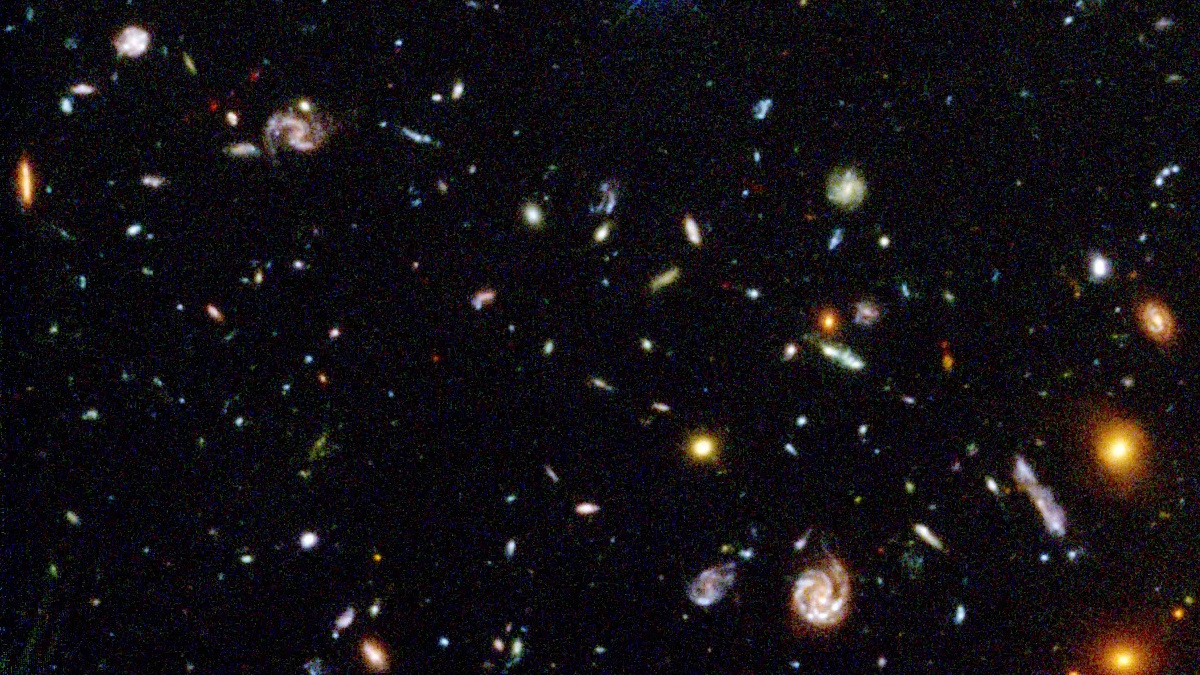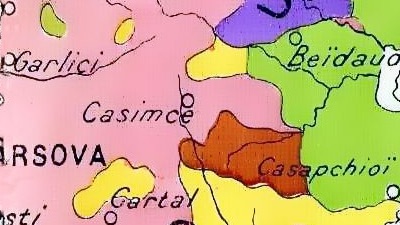Mostly Mute Monday: Top 10 Bizarre Galaxy Pairs From Hubble
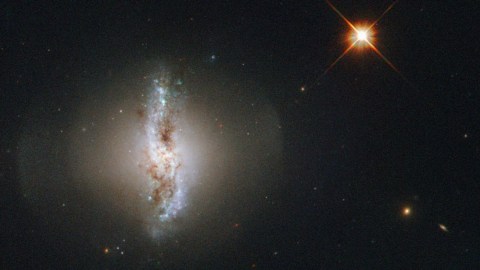
Spirals and ellipticals rule the Universe, but every so often, something far more intricate shows up.
“For me, the study of these laws is inseparable from a love of Nature in all its manifestations.” –Murray Gell-Mann
Galaxies normally come in one of two types: spirals or ellipticals. But sometimes, they exhibit structures far rarer and more complex.
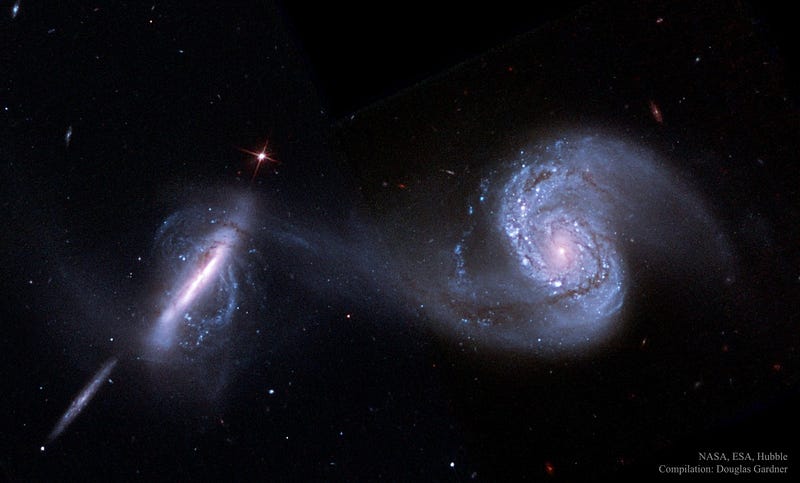
From 1961–1966, Halton Arp gathered views of 338 pairs of unusual, interacting galaxies, creating the Atlas of Peculiar Galaxies.
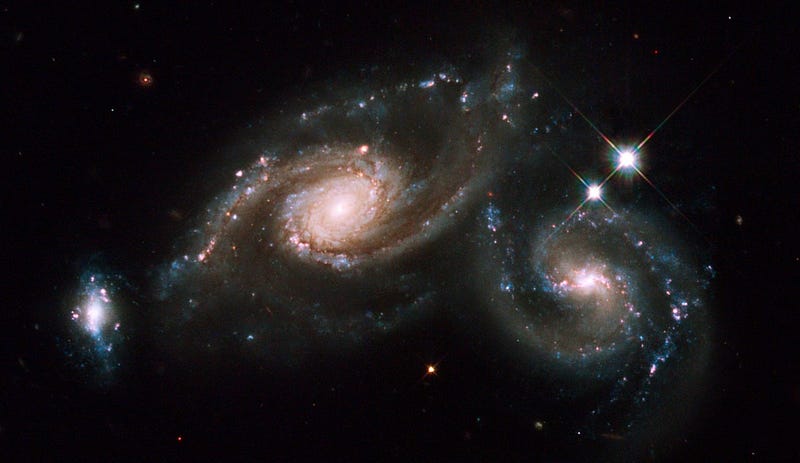
When spirals interact, intense star formation follows, with the arms often becoming distended.
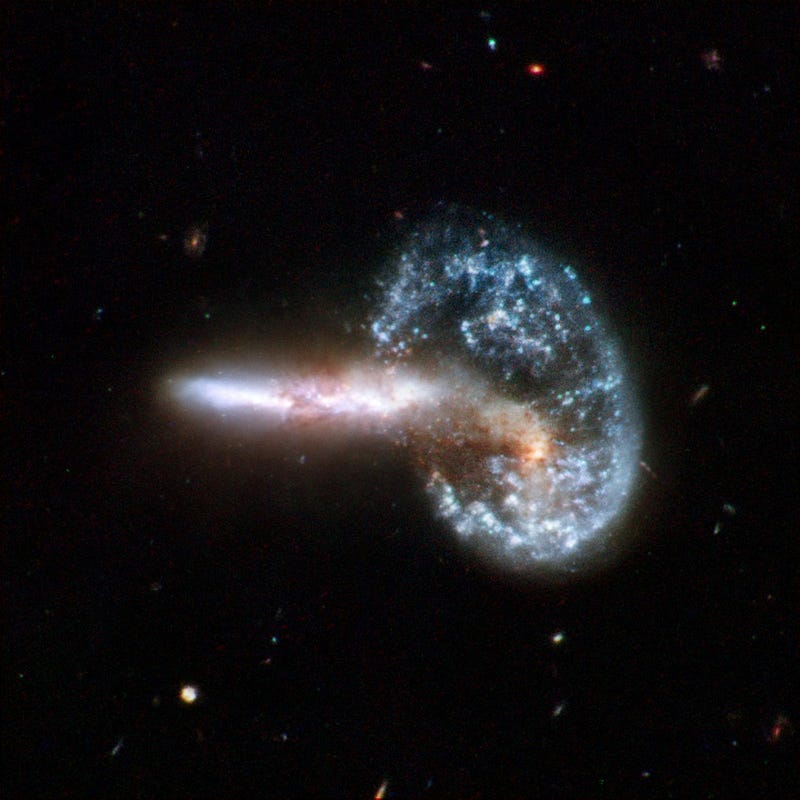
Occasionally, collisions result in a ringed structure.
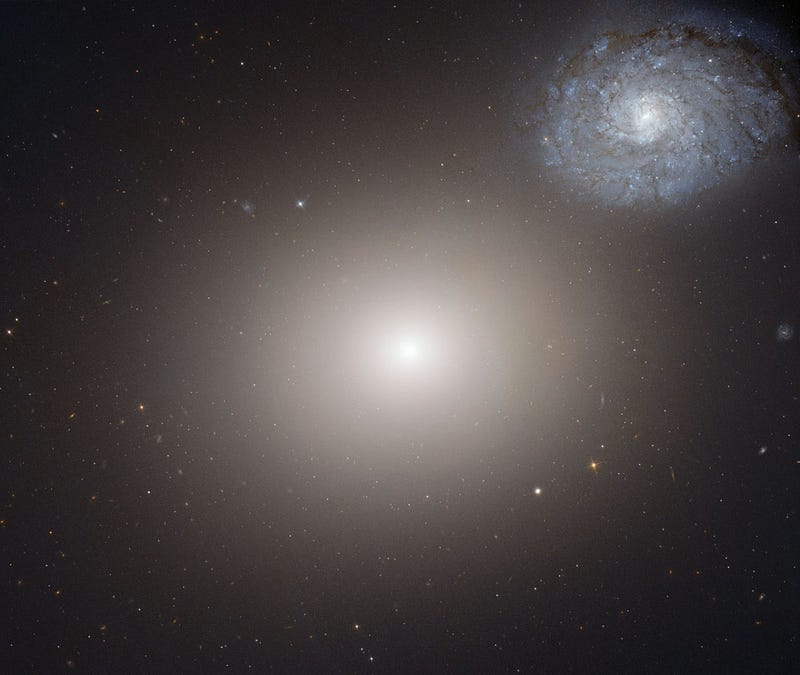
Some only interact slightly, leaving the larger structures unperturbed.
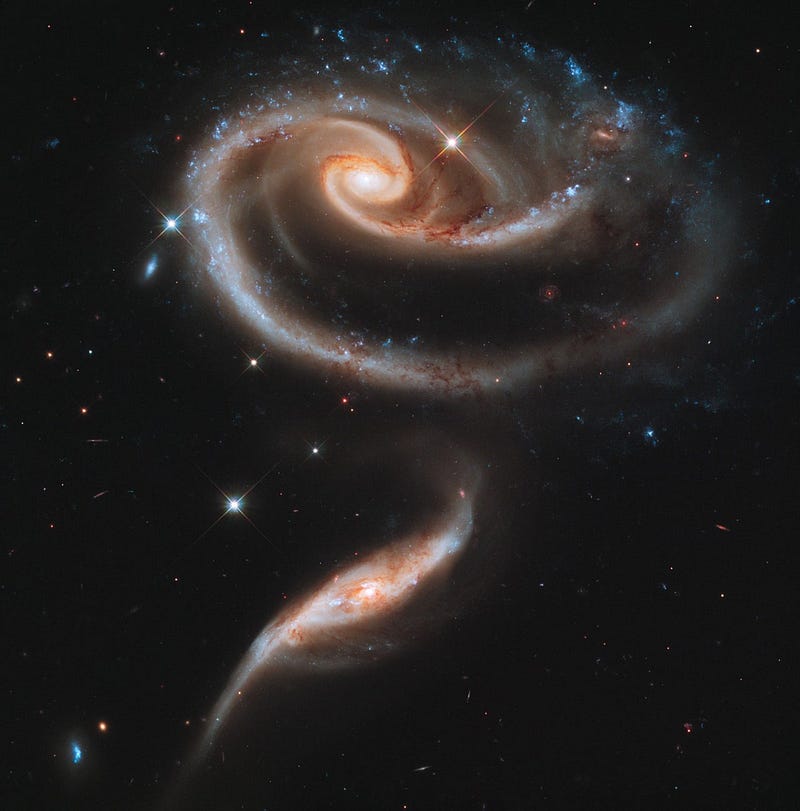
Others show a spiral appearing to unwind, as tidal forces from a secondary galaxy pull material away from the galaxy’s core.
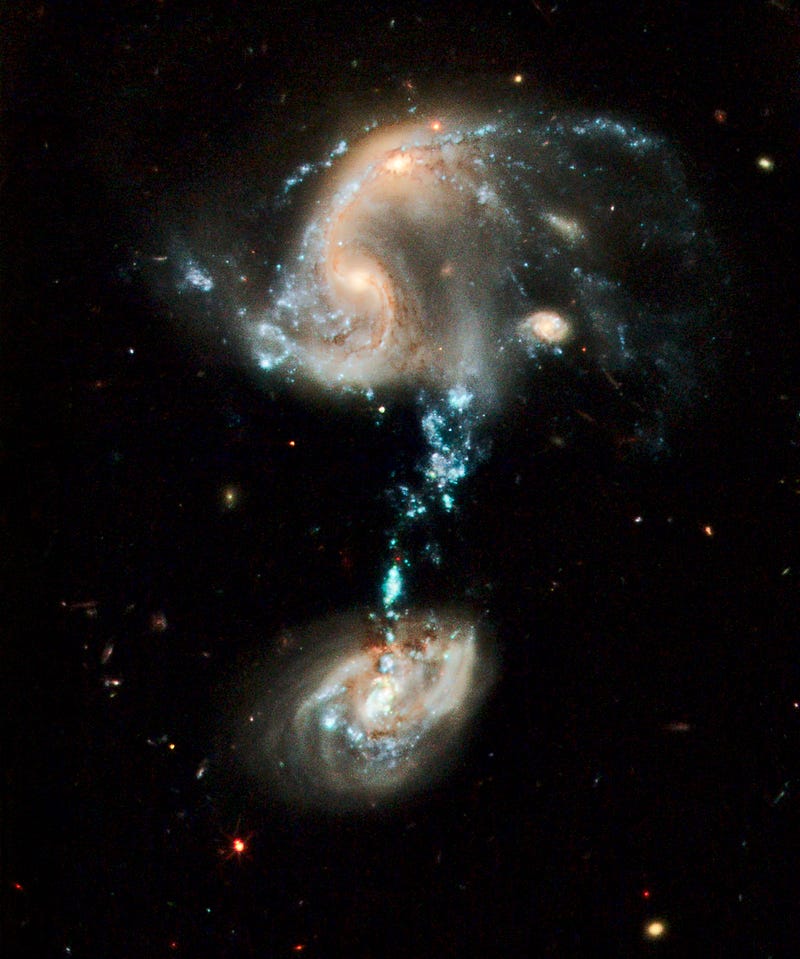
Sometimes a “bridge” of blue stars forms, as one galaxy rips material off of another, with the intergalactic gas collapsing to create starbursts.
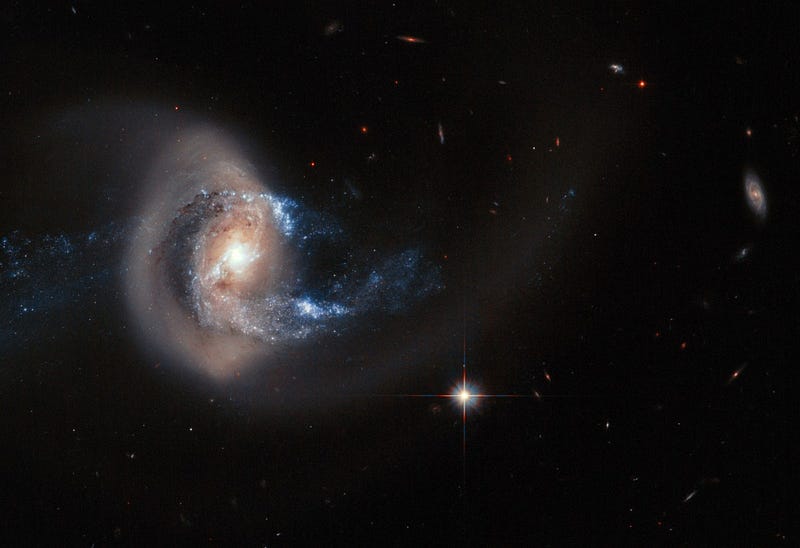
The Arp catalog illustrates galaxies in many different stages of a collision:
- prior to their first close pass,
- in the collision process,
- subsequent to an interaction but before merging,
- and in the final merger stages.
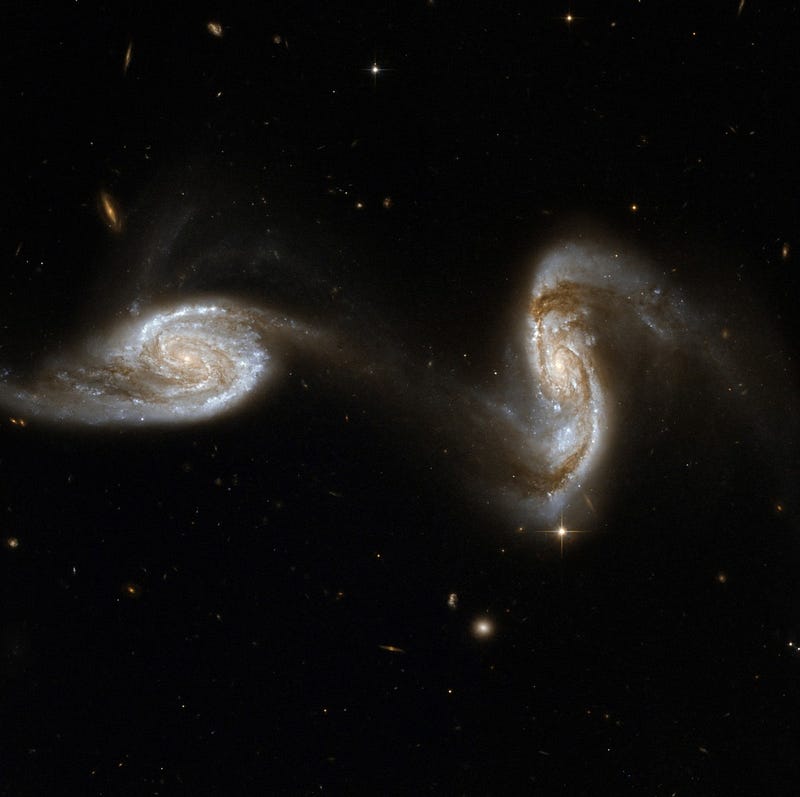
Unlike ellipticals, spirals are easily disturbed, often becoming destroyed entirely by such an interaction.
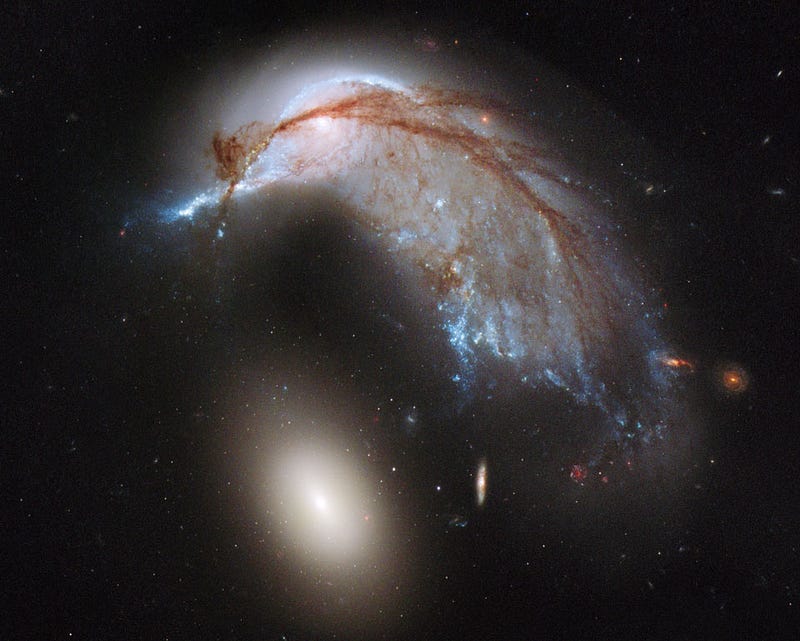
Galaxies as distant as a million light years can be disturbed by a larger neighbor.
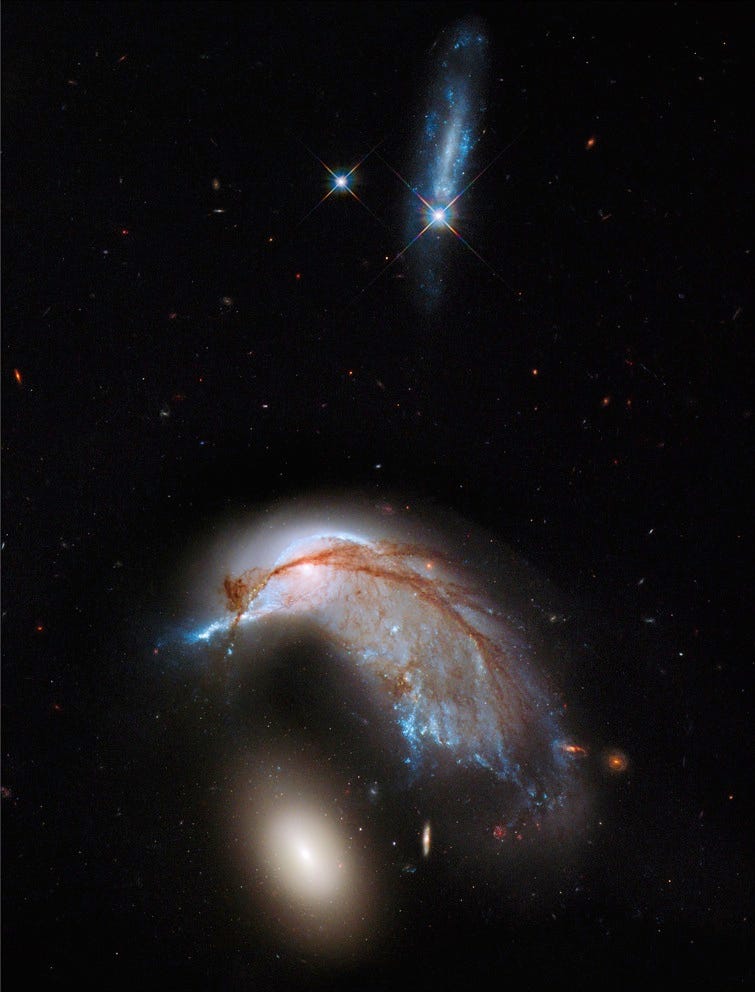
All these will eventually settle into lone ellipticals, a process taking billions of years.
Mostly Mute Monday tells the story of a single astronomical phenomenon or object in visuals, images, video and no more than 200 words.
Leave your comments on our forum, help Starts With A Bang! deliver more rewards on Patreon, and order our first book, Beyond The Galaxy, out now!
